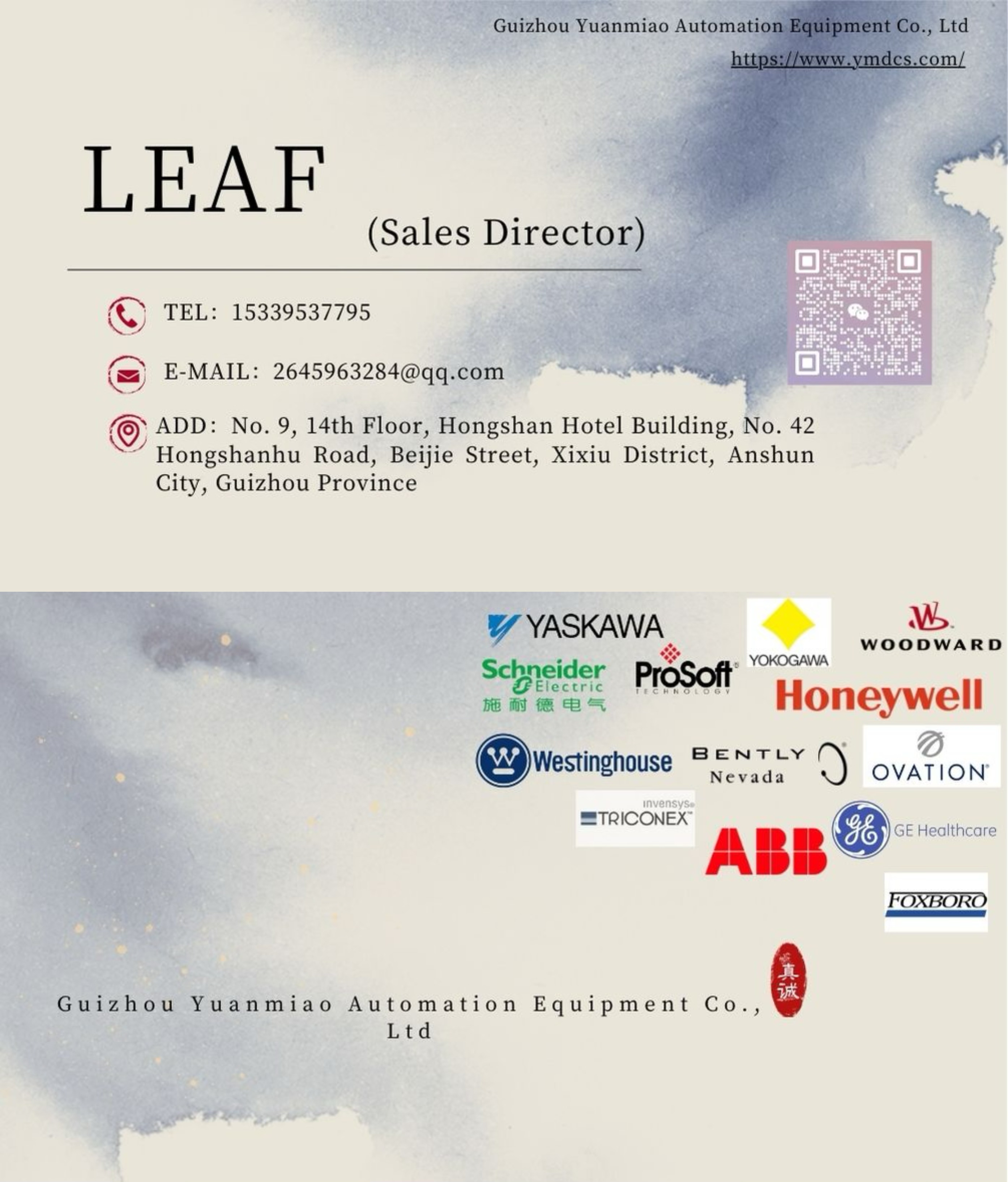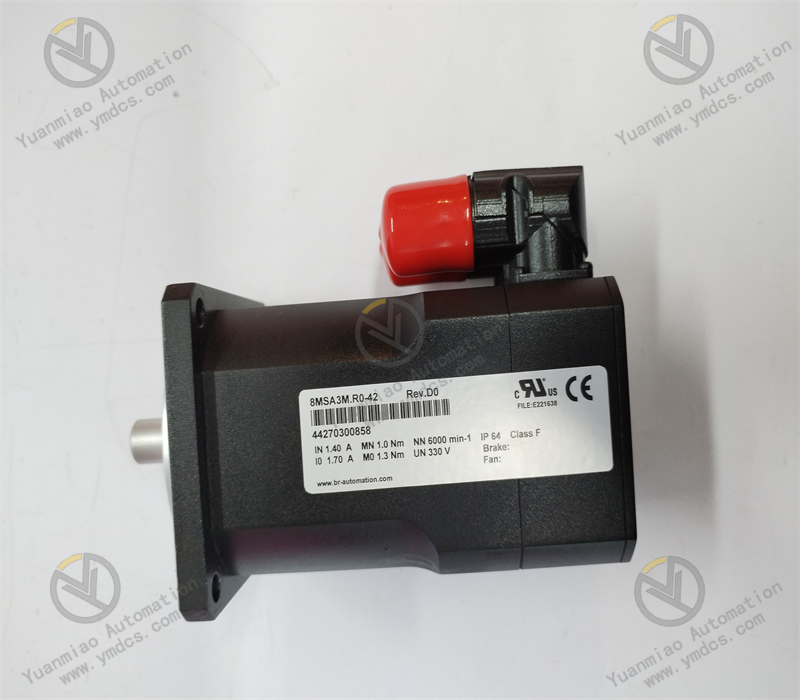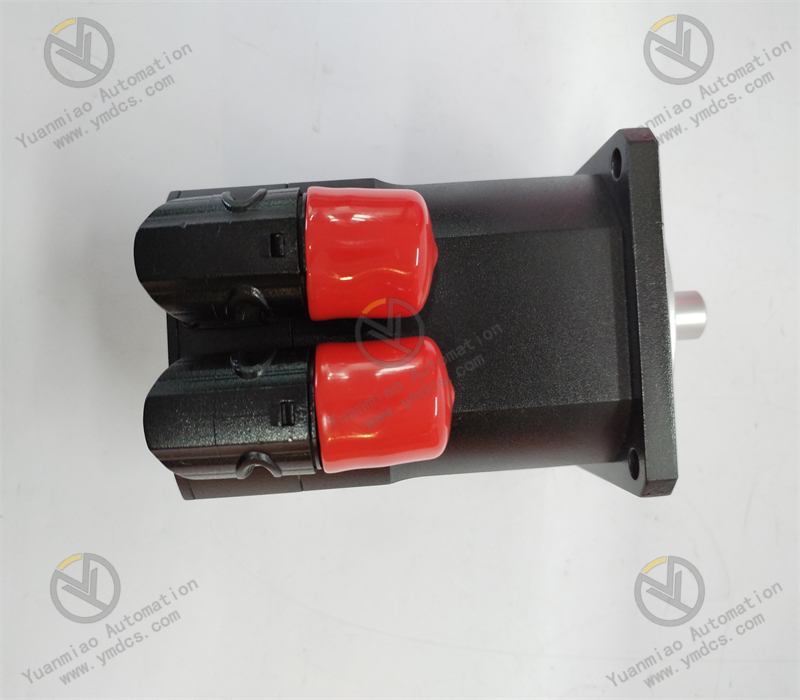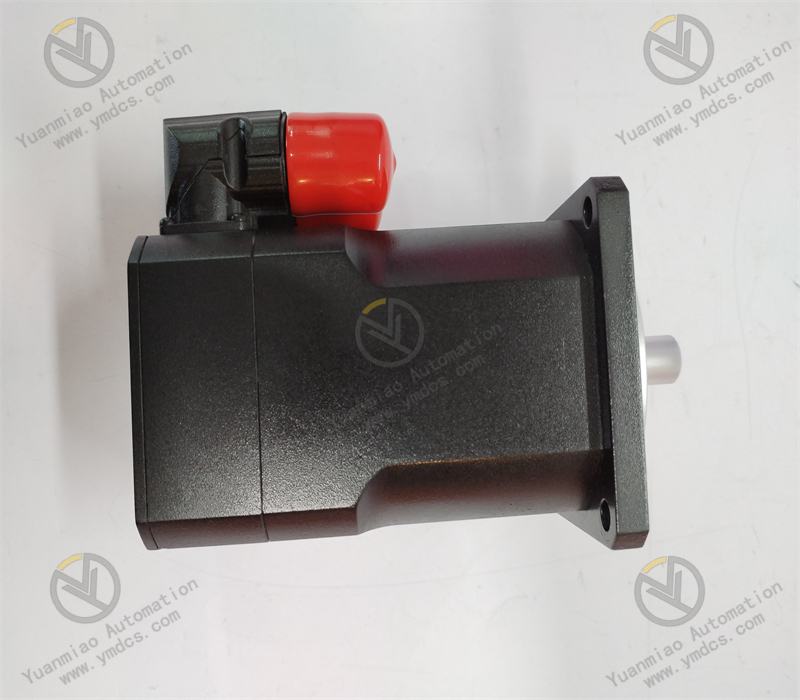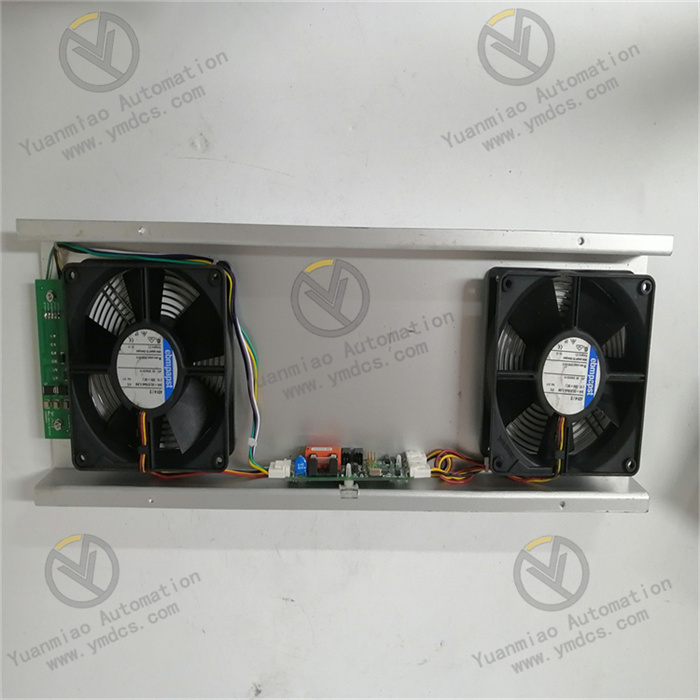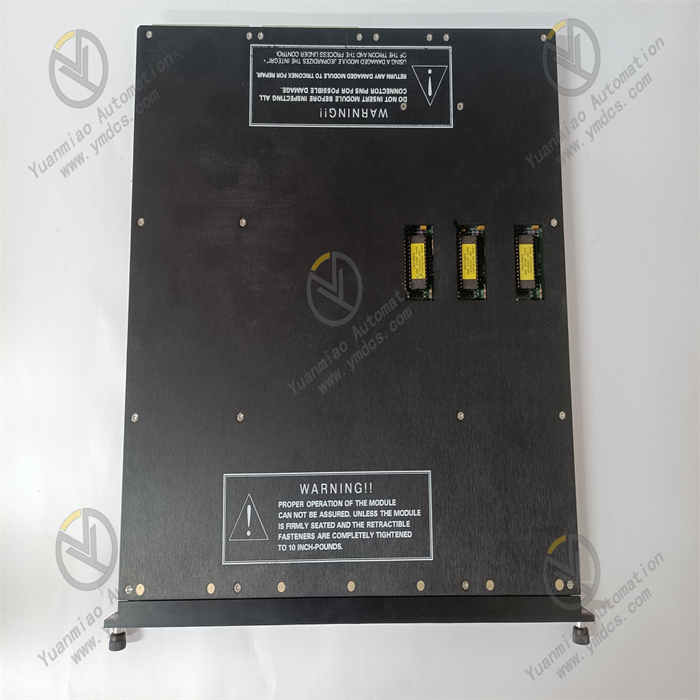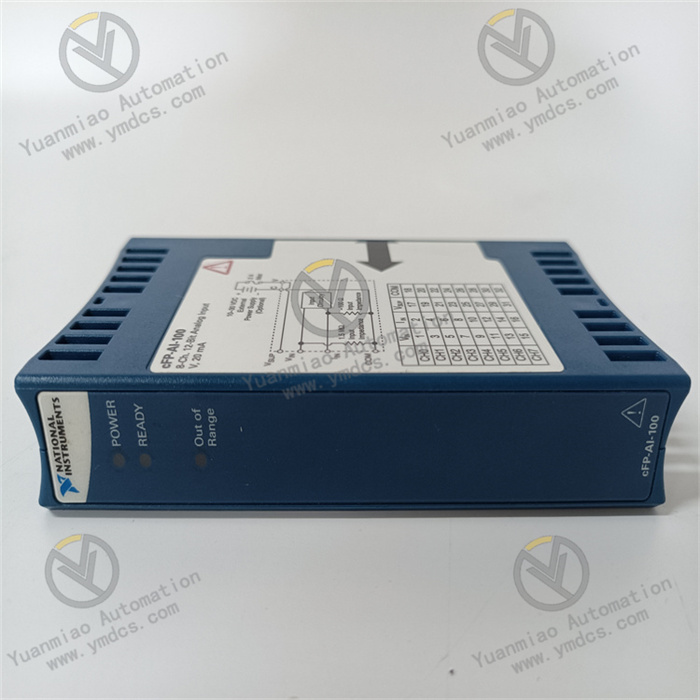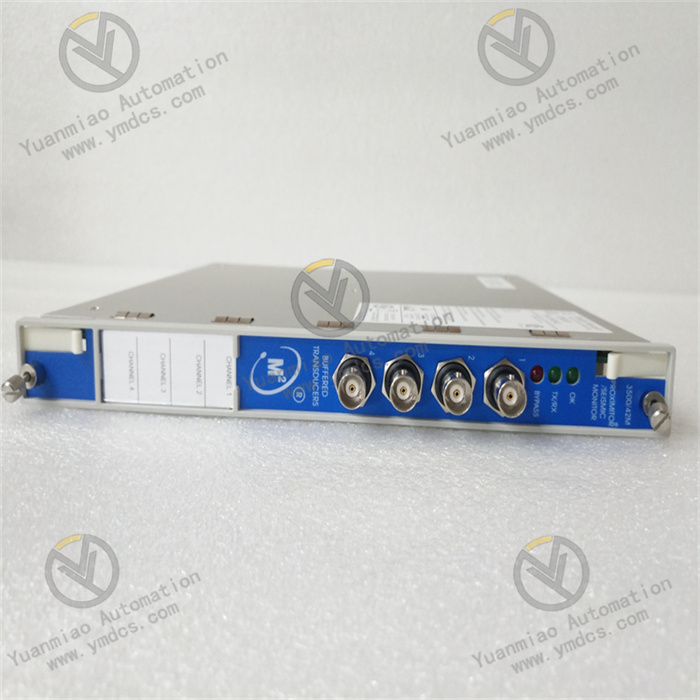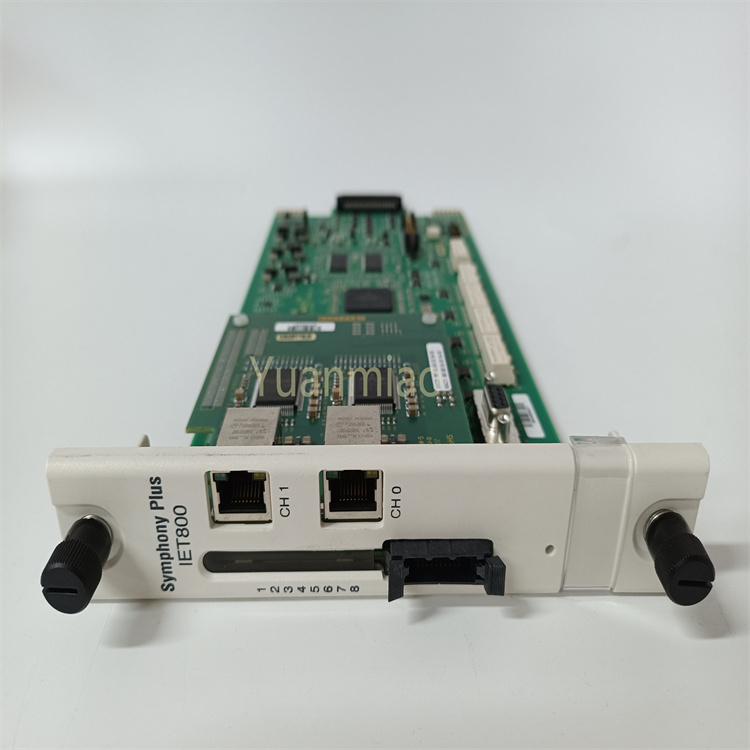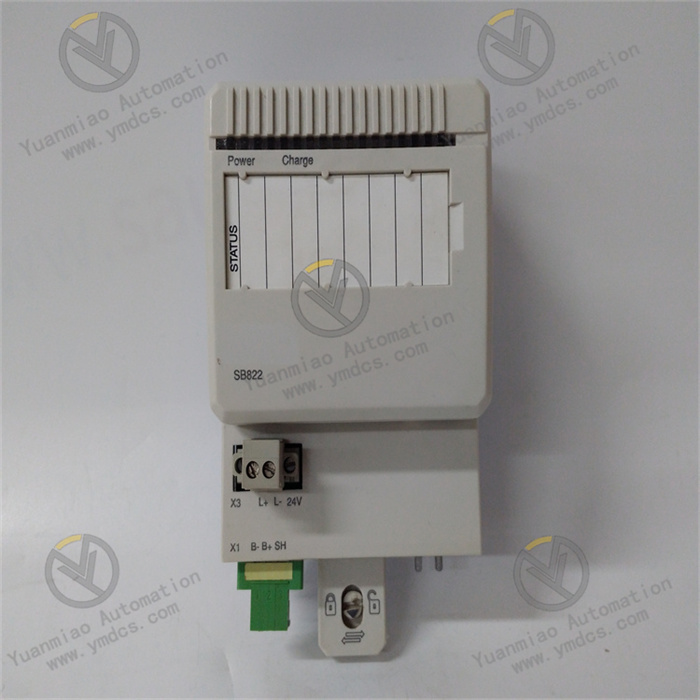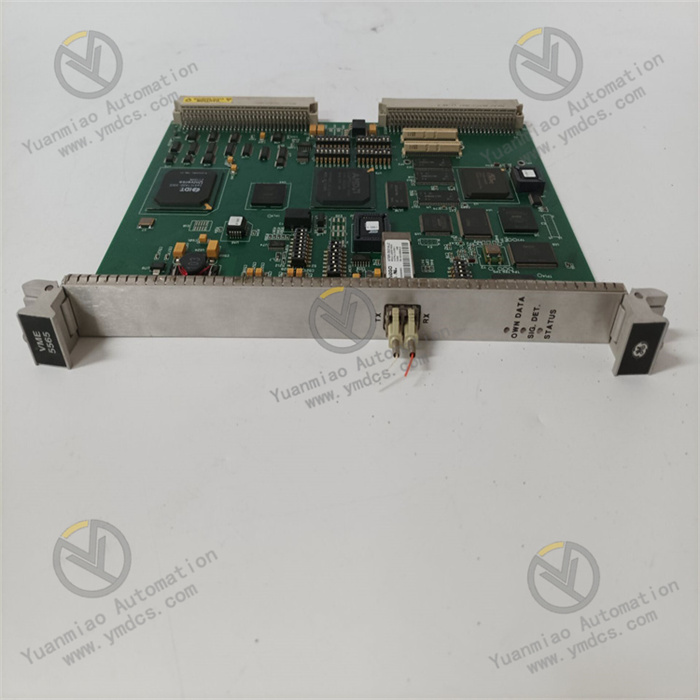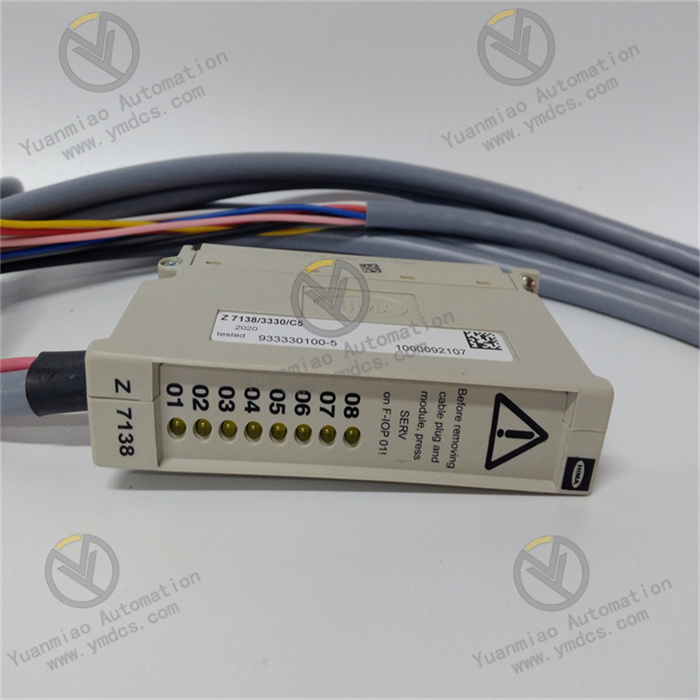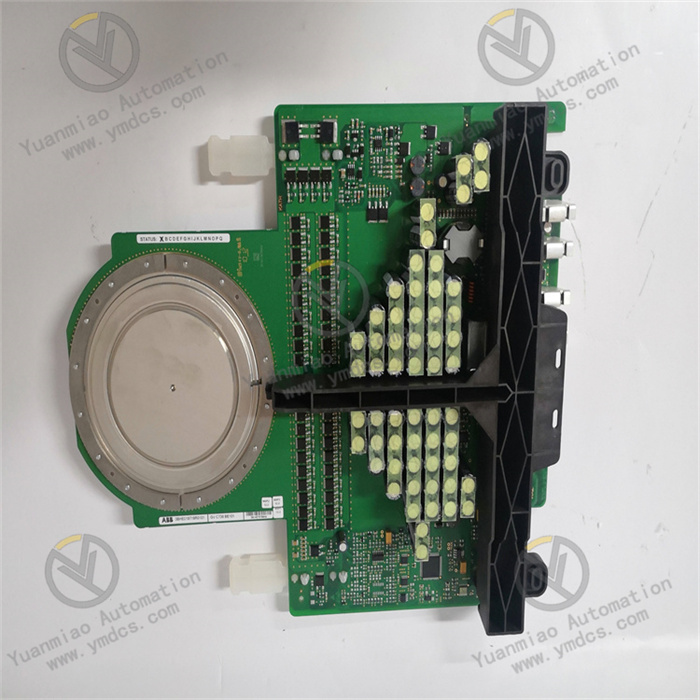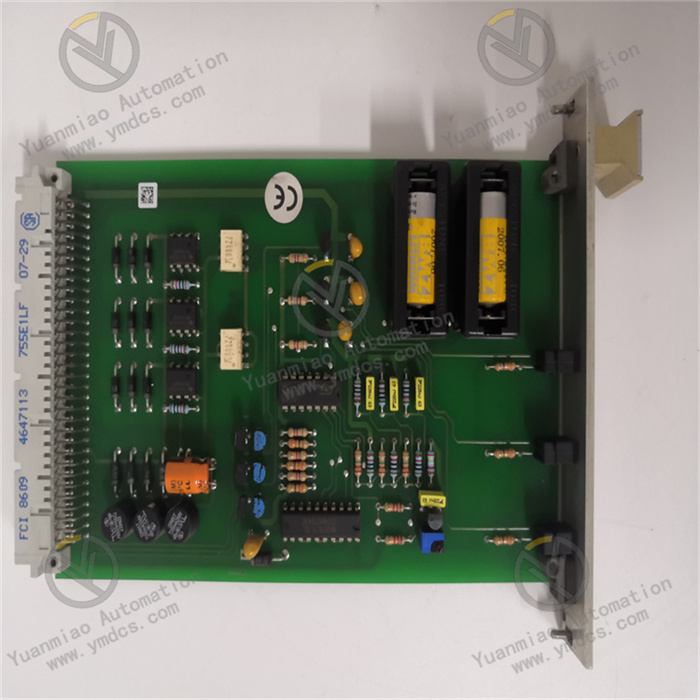Description
Basic Electrical Parameters: It is usually suitable for a voltage range of 200 - 600V and can operate stably under a relatively wide range of voltage conditions. Parameters such as rated power, rated current, and rated torque are determined according to the specific motor design and application requirements. For example, the rated power of some motors in this series can reach 200W, the rated current is 60A, and the rated torque ranges from 2 - 200N・m. The 8MSA3M.R0 - 42 may have specific numerical settings within this range, but for the exact values, please refer to the product manual. Performance Characteristics: It has high overload capacity and peak torque, and can withstand large transient loads, meeting the application scenarios with high power output in a short time. It performs excellently in some equipment that requires rapid acceleration, deceleration, or overcoming large resistance. Except for the bearings, almost all other components of the motor have no wear, which helps to reduce maintenance costs and extend the overall service life, making it suitable for industrial environments with long-term continuous operation. Encoder Feedback: Generally equipped with a rotary encoder, it can monitor information such as the position, speed, and angle of the motor rotor in real time, and convert this information into electrical signals to be fed back to the servo driver, achieving precise position and speed control.
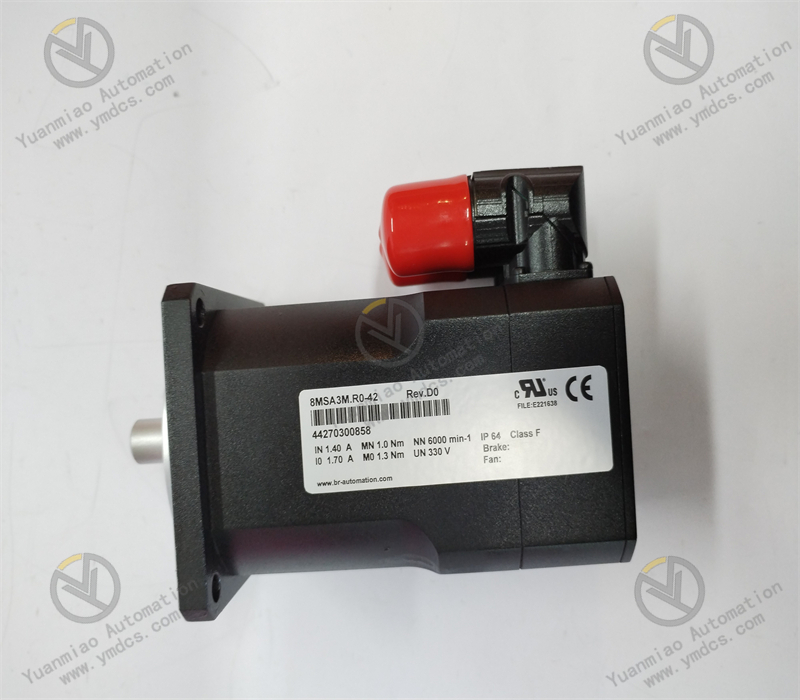
Application Fields:
Mechanical Manufacturing: It can be used in CNC machine tools, machining centers, etc., providing precise position and speed control to ensure machining accuracy and efficiency.
Plastic Processing: In equipment such as injection molding machines and blow molding machines, it can precisely control parameters such as the opening and closing of molds and the injection volume of plastic, realizing efficient plastic molding.
Textile and Printing: It is suitable for textile machines, printing machines, etc., providing stable tension control and position synchronization to ensure the quality of textiles and the accuracy of printed patterns.
Packaging and Logistics: In automated packaging lines and logistics conveying systems, it can control the speed of conveyor belts, the actions of robotic arms, etc., realizing rapid and accurate sorting and conveying of goods.
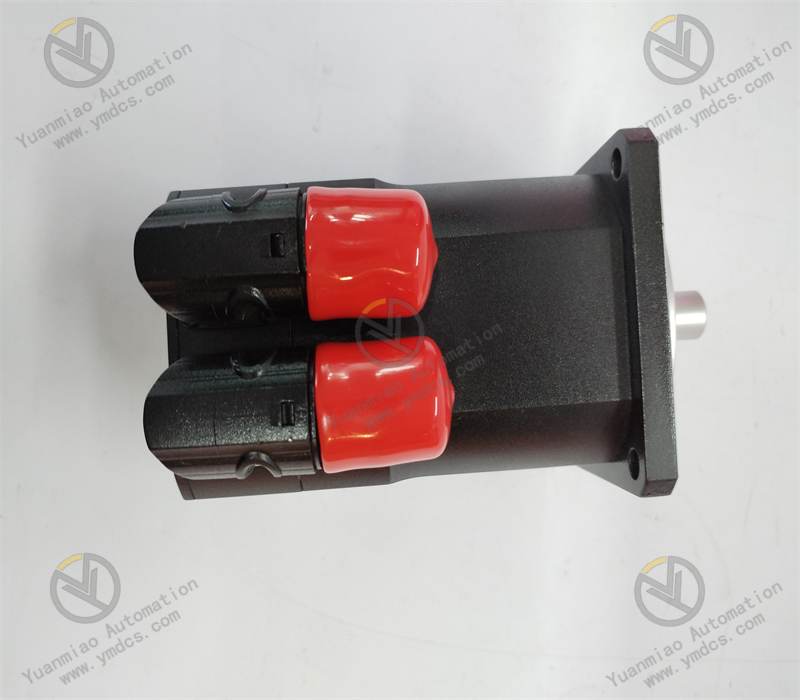
General steps and key points for the installation and commissioning of B&R 8MSA3M.R0 - 42 servo motor: Installation Steps: Preparation Work: Check whether the appearance of the motor is damaged and whether the accessories (such as installation screws, couplings, etc.) are complete. At the same time, confirm that the installation environment meets the requirements of the motor, such as temperature, humidity, ventilation and other conditions, and keep it away from strong electromagnetic interference sources. Prepare the tools required for installation, such as screwdrivers, wrenches, etc. Determination of Installation Position: Select a suitable installation position according to the layout and operation requirements of the equipment. Ensure that the installation surface is flat and firm, and can withstand the vibration and torque generated during the operation of the motor. Motor Installation: Fix the motor on the installation surface with appropriate installation screws, ensure that the motor is firmly installed, and the tightening torque of the screws complies with the requirements of the product manual. During the installation process, pay attention to the installation direction and positioning of the motor to ensure the coaxiality of the motor shaft and the load shaft. Coupling Connection: If the motor is connected to the load through a coupling, first install the coupling on the motor shaft, and then correctly connect the load shaft to the coupling. Adjust the concentricity of the coupling to make the axis lines of the motor shaft and the load shaft coincide, so as to reduce the vibration and noise during operation.
Cable Connection:
Power Cable Connection: According to the rated voltage and current of the motor, select a power cable of appropriate specifications and connect the power cable to the power terminals of the motor. When connecting, pay attention to the correct phase sequence and polarity of the power supply to avoid damage to the motor caused by incorrect connection.
Encoder Cable Connection: Connect the encoder cable to the encoder interface of the motor and the corresponding interface of the servo driver. Ensure that the cable is firmly connected and the shielding layer is well grounded to reduce the impact of electromagnetic interference on the encoder signal.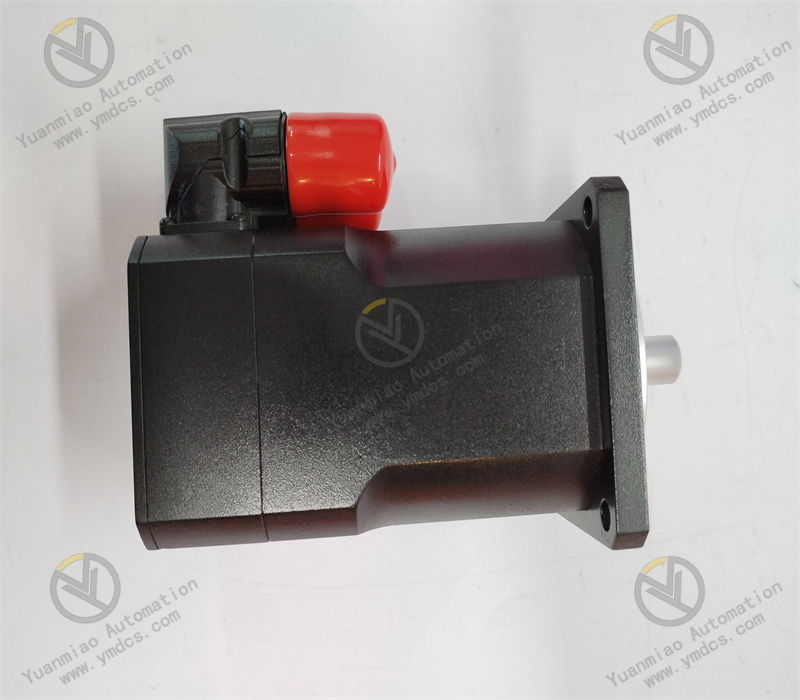 Commissioning Steps:
Parameter Setting:
Driver Parameter Setting: According to the model and specifications of the motor, set the corresponding parameters on the servo driver, such as the rated voltage, rated current, rated speed, number of pole pairs of the motor, etc. At the same time, set parameters such as the control mode (such as position control, speed control, torque control, etc.), the gains of the speed loop and the position loop.
Encoder Parameter Setting: Ensure that the parameter settings of the encoder in the driver are consistent with the encoder equipped with the motor, such as the encoder resolution, signal type, etc.
Inspection Before Power-on: Before turning on the power, carefully check whether all cable connections are correct and firm, and ensure that there are no short circuits or open circuits. Check whether the grounding of the motor and the driver is good.
Power-on: Turn on the power of the servo driver and observe the status of the indicator lights of the driver. If the indicator lights show normal, it means that the power connection and the basic operation of the driver are normal.
Trial Operation:
Inching Operation: Set the inching operation mode on the driver, and make the motor perform inching operation by operating the panel of the driver or the upper computer software. Observe whether the running direction of the motor is correct, whether the operation is stable, and whether there is any abnormal vibration or noise.
Low-speed Operation: Set a lower operating speed and let the motor run continuously for a period of time. Check whether the rotational speed of the motor is stable and whether the speed fed back by the encoder is consistent with the set speed.
Function Test:
Position Control Test: If it is set to the position control mode, send a position command to make the motor run to the specified position. Check whether the positioning accuracy of the motor meets the requirements and whether it can stop accurately at the target position.
Speed Control Test: In the speed control mode, change the speed command and observe whether the rotational speed response of the motor is fast and stable, and whether the speed fluctuation is within the allowable range.
Torque Control Test: If it is set to the torque control mode, input different torque commands and check whether the torque output by the motor is consistent with the commands and whether it can maintain the torque output stably.
Optimization and Adjustment: Optimize and adjust the parameters of the driver according to the results of the trial operation and function test. For example, if the motor vibrates greatly during operation, the gains of the speed loop and the position loop can be appropriately adjusted; if the positioning accuracy is insufficient, the relevant parameters of the position control can be adjusted.
Commissioning Steps:
Parameter Setting:
Driver Parameter Setting: According to the model and specifications of the motor, set the corresponding parameters on the servo driver, such as the rated voltage, rated current, rated speed, number of pole pairs of the motor, etc. At the same time, set parameters such as the control mode (such as position control, speed control, torque control, etc.), the gains of the speed loop and the position loop.
Encoder Parameter Setting: Ensure that the parameter settings of the encoder in the driver are consistent with the encoder equipped with the motor, such as the encoder resolution, signal type, etc.
Inspection Before Power-on: Before turning on the power, carefully check whether all cable connections are correct and firm, and ensure that there are no short circuits or open circuits. Check whether the grounding of the motor and the driver is good.
Power-on: Turn on the power of the servo driver and observe the status of the indicator lights of the driver. If the indicator lights show normal, it means that the power connection and the basic operation of the driver are normal.
Trial Operation:
Inching Operation: Set the inching operation mode on the driver, and make the motor perform inching operation by operating the panel of the driver or the upper computer software. Observe whether the running direction of the motor is correct, whether the operation is stable, and whether there is any abnormal vibration or noise.
Low-speed Operation: Set a lower operating speed and let the motor run continuously for a period of time. Check whether the rotational speed of the motor is stable and whether the speed fed back by the encoder is consistent with the set speed.
Function Test:
Position Control Test: If it is set to the position control mode, send a position command to make the motor run to the specified position. Check whether the positioning accuracy of the motor meets the requirements and whether it can stop accurately at the target position.
Speed Control Test: In the speed control mode, change the speed command and observe whether the rotational speed response of the motor is fast and stable, and whether the speed fluctuation is within the allowable range.
Torque Control Test: If it is set to the torque control mode, input different torque commands and check whether the torque output by the motor is consistent with the commands and whether it can maintain the torque output stably.
Optimization and Adjustment: Optimize and adjust the parameters of the driver according to the results of the trial operation and function test. For example, if the motor vibrates greatly during operation, the gains of the speed loop and the position loop can be appropriately adjusted; if the positioning accuracy is insufficient, the relevant parameters of the position control can be adjusted.

Main brands include: ABB, Bailey, GE, FOXBORO, Invensys TRICONEX, Bentley BENTLY, A-B Rockwell, EMERSON EMERSON, B&R, MOTOROLA, FUANC, REXROTH, KUKA, HONEYWELL, NI, DEIF, Yokogawa, WOODWARD WOODWARD, Ryan, SCHNEIDER SCHNEIDER, Yaskawa, MOOG, EPRO, PROSOFT and other major brands
【 Disclaimer 】 We sell new products and discontinued products, independent channels to buy such special products. Guizhou Yuanmiao Automation Equipment Co., Ltd. is not an authorized distributor, dealer or representative of the products featured on this website. All product names/product images, trademarks, brands and microlabels used on this Website are the property of their respective owners. Descriptions, depictions or sales of products with such names/images, trademarks, brands and logos are for identification purposes only and do not imply any association or authorization with any rights holder.
